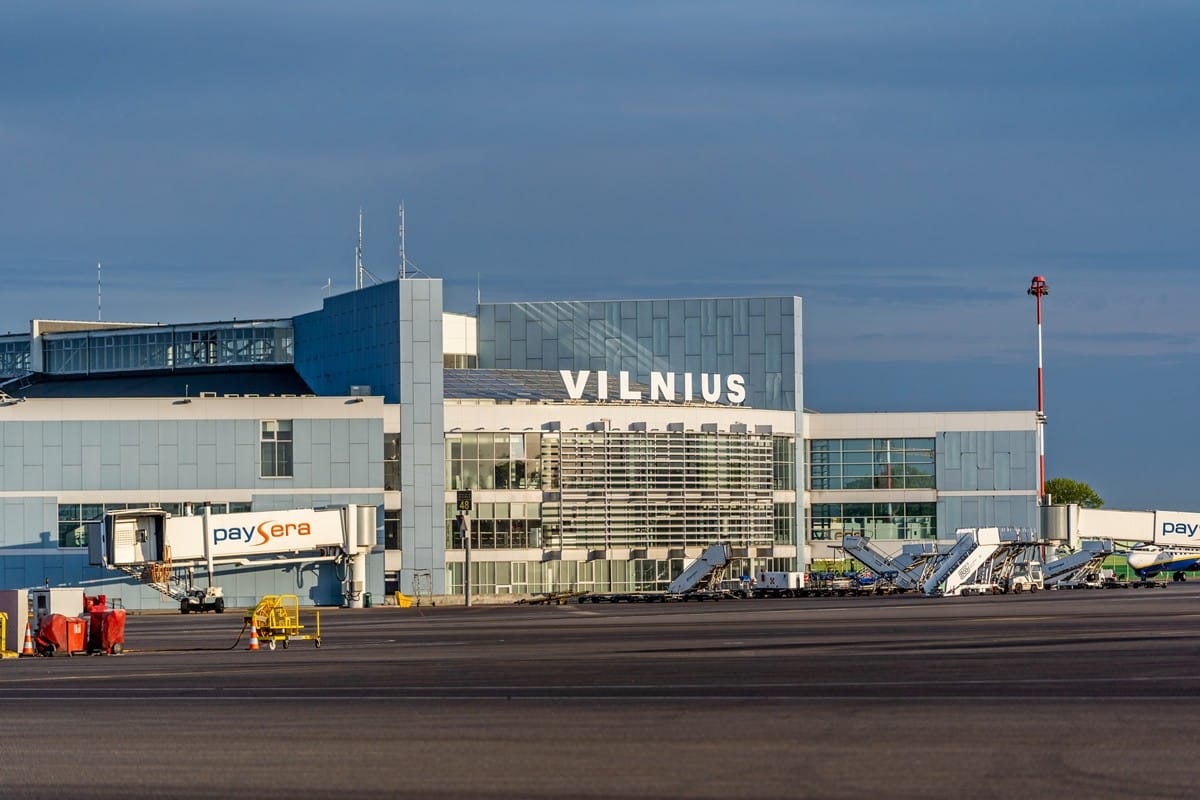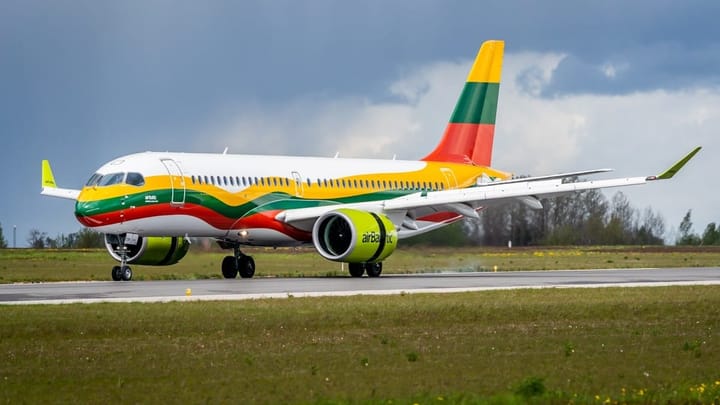‘Coordinated’ balloon attack halts traffic at Vilnius Airport
Vilnius Airport (VNO) continues to be affected by various objects flying within the proximity of the airport.

Vilnius Airport (VNO), the airport serving the Lithuanian capital, has once again faced flight disruptions due to objects potentially posing a safety risk to commercial aircraft, with Lithuanian officials alleging that this was a coordinated attack with weather balloons.
In a statement on October 22, 2025, VNO explained that at 22:23 local time (UTC +3) on October 21, it stopped all air traffic from/to the airport, with preliminary reports pointing to weather balloons that were on course to fly into the proximity of the airport.
VNO resumed operations at 06:40 on October 22. The airport estimated that the ground stop affected around 30 flights and more than 4,000 passengers, with 14 arrivals diverting to other airports around Lithuania and its neighboring countries: Kaunas Airport (KUN), Riga Airport (RIX), Palanga Airport (PLQ), and Warsaw Chopin Airport (WAW).
10 flights were canceled, while another returned to its departure airport (SAS flight SK1740 from Arlanda Stockholm Airport (ARN). Five departures had been delayed during the ground stop.
VNO warned that due to the unexpected changes in aircraft and flight crew rotations, delays might continue throughout the day.
Flightradar24 records showed that at least eight commercial flights that were scheduled to depart after 08:00 had been delayed, with the service showing no ongoing delays for the remainder of the day at the time of publishing.
In a press conference on October 22, Vilmantas Vitkauskas, the Deputy Chancellor of the Government heading the National Crisis Management Centre (Nacionalinis krizių valdymo centras, NKVC), alleged that this was a coordinated attack using weather balloons.
“We observed that balloons were launched from more than a single location; this was a coordinated operation. We hope that our officials will successfully work to quickly determine the number of balloons, the scale of the operation, and the perpetrators.”
Vitkauskas said that, for now, it was hard to determine whether this was a hybrid attack by Belarus, noting that preliminary reports could indicate that the weather balloons were carrying contraband cigarettes. This would make it one of the largest contraband operations using weather balloons this year, he added.
“You never know whether an operation of this scale and intensity could happen without the involvement of the Belarusian government,” Vitkauskas concluded, noting that if it was not a hybrid attack by the government, it at least happened with Belarus’ wilful ignorance of the fact.
VNO has been dealing with severe drone or other object-related flight disruptions for the past several months. The previous weather balloon-caused disruptions at VNO happened on October 4, and on September 27, a weather balloon, carrying contraband cigarettes, dropped its cargo inside the airport’s territory.
Further flight disruptions happened in early September, while on September 2, an Alenia C-27J Spartan, which was carrying the President and the First Lady of Lithuania, had to abandon its initial landing and enter into a short holding pattern due to a reported presence of drones near the airport.






Comments ()